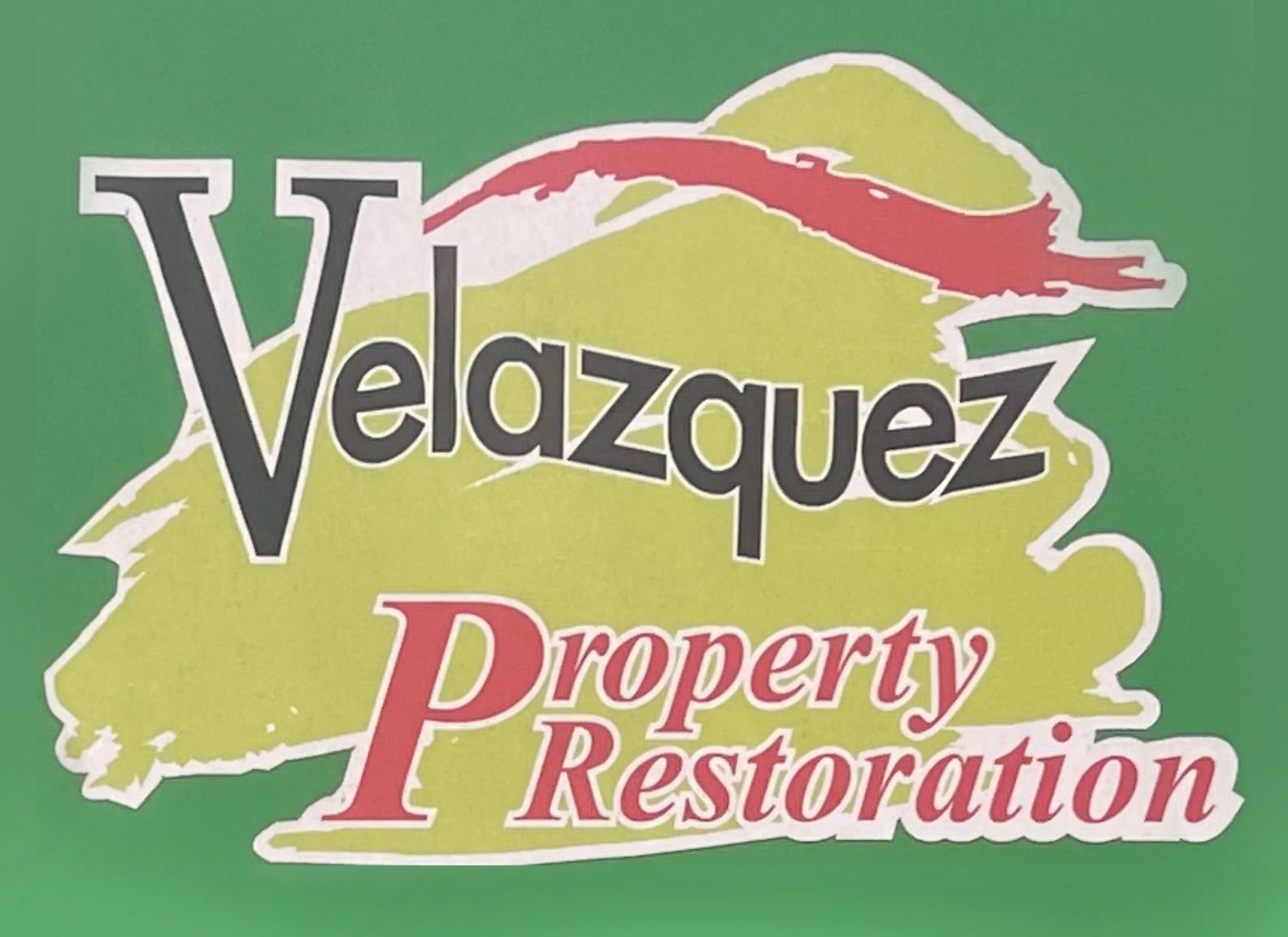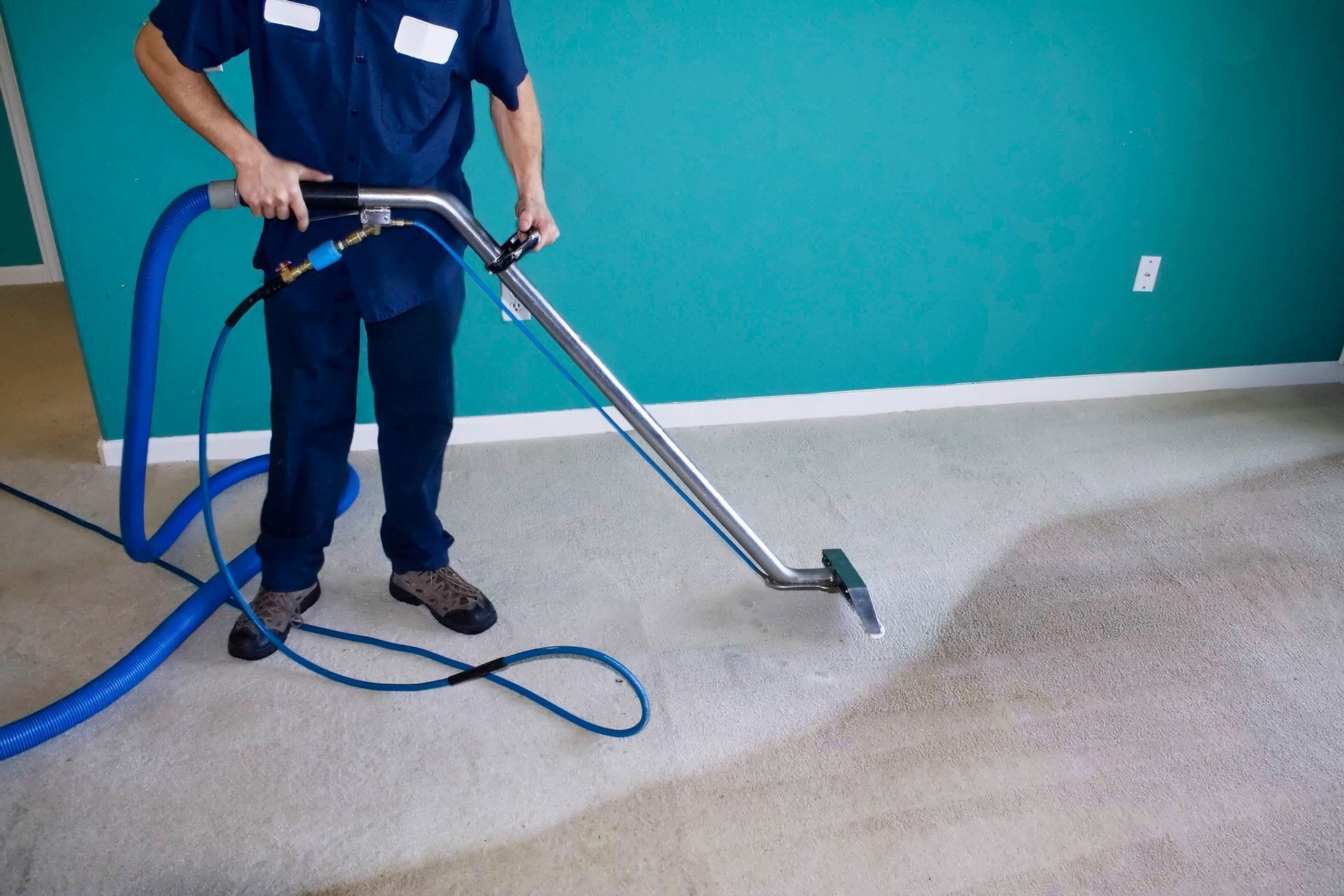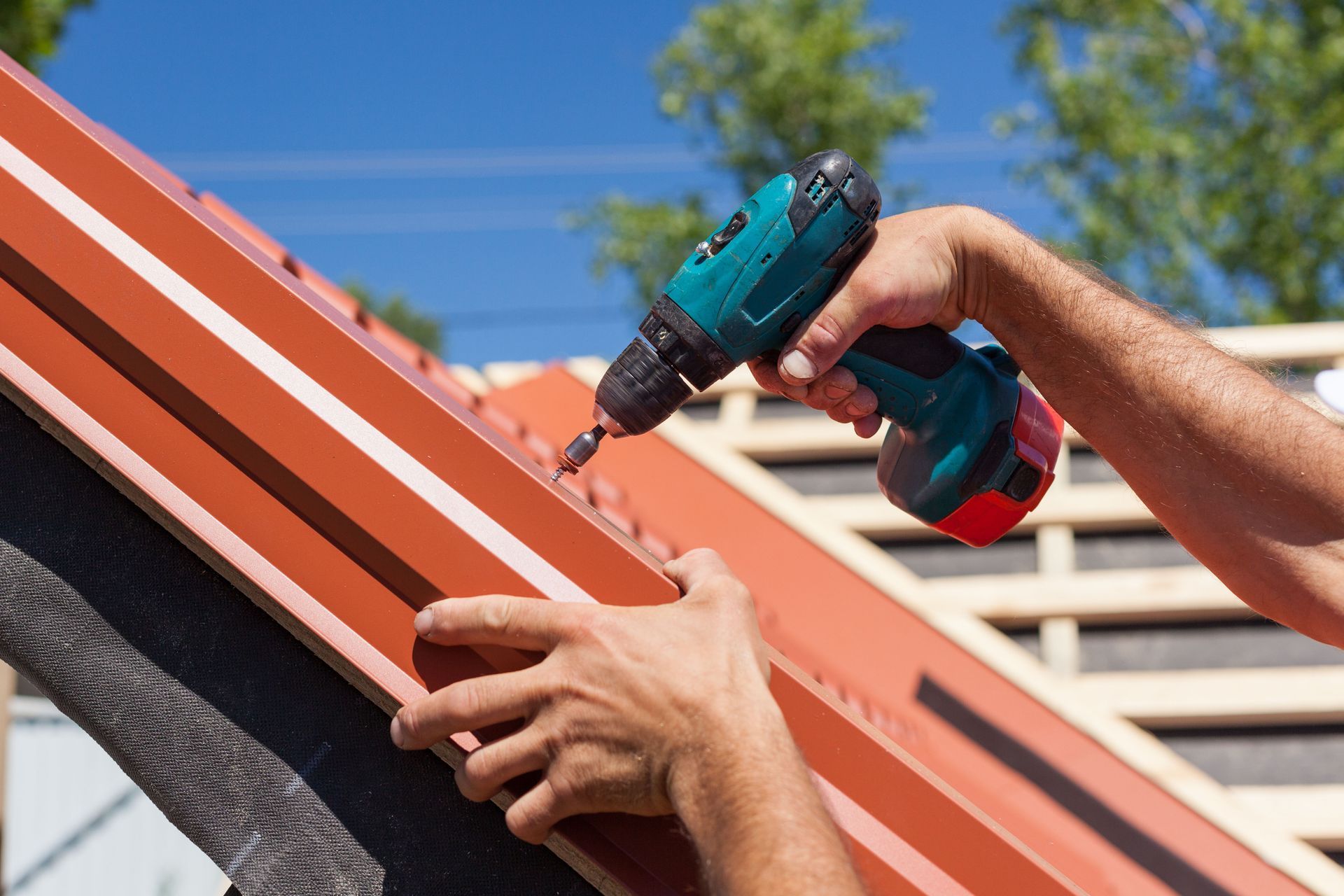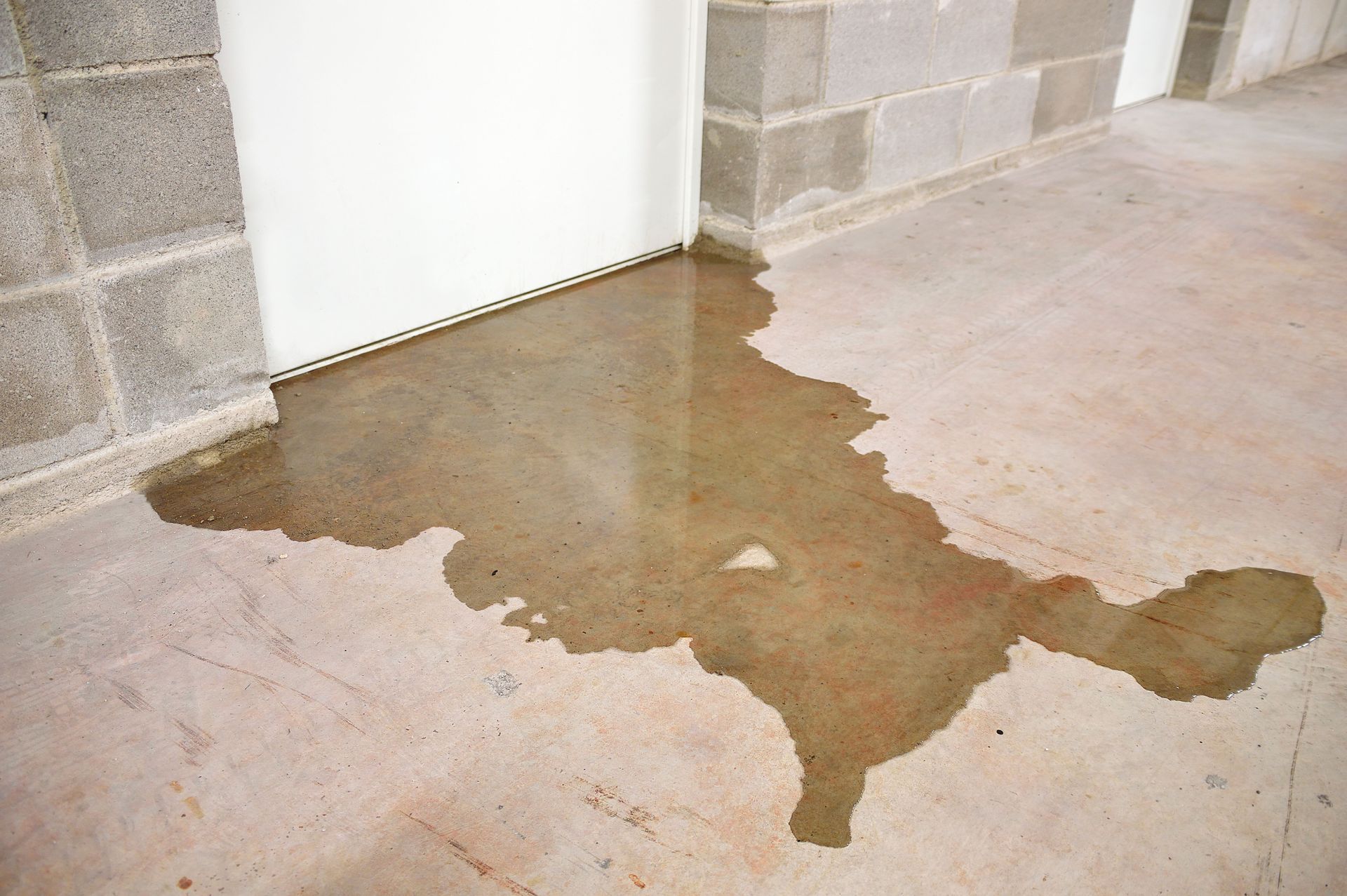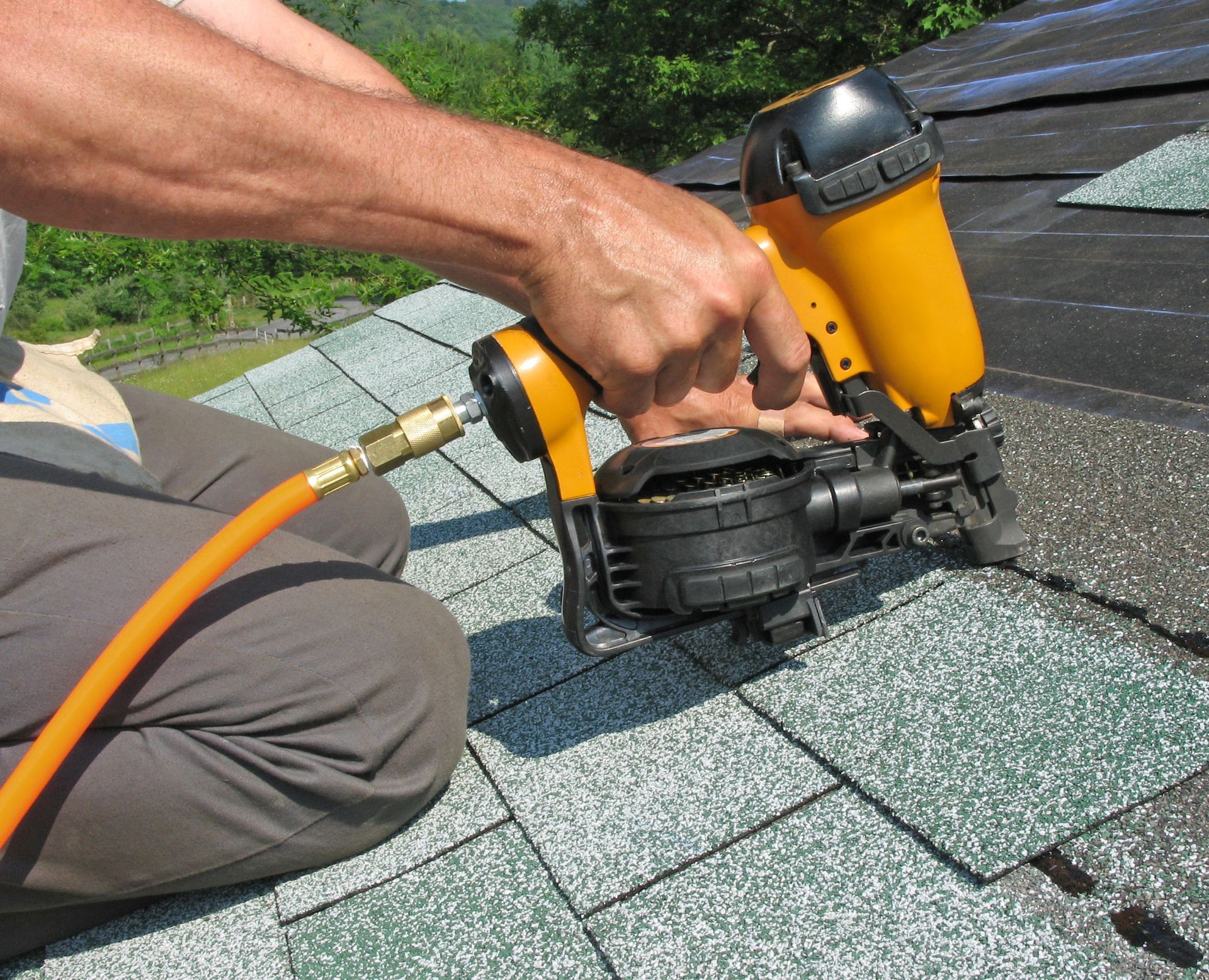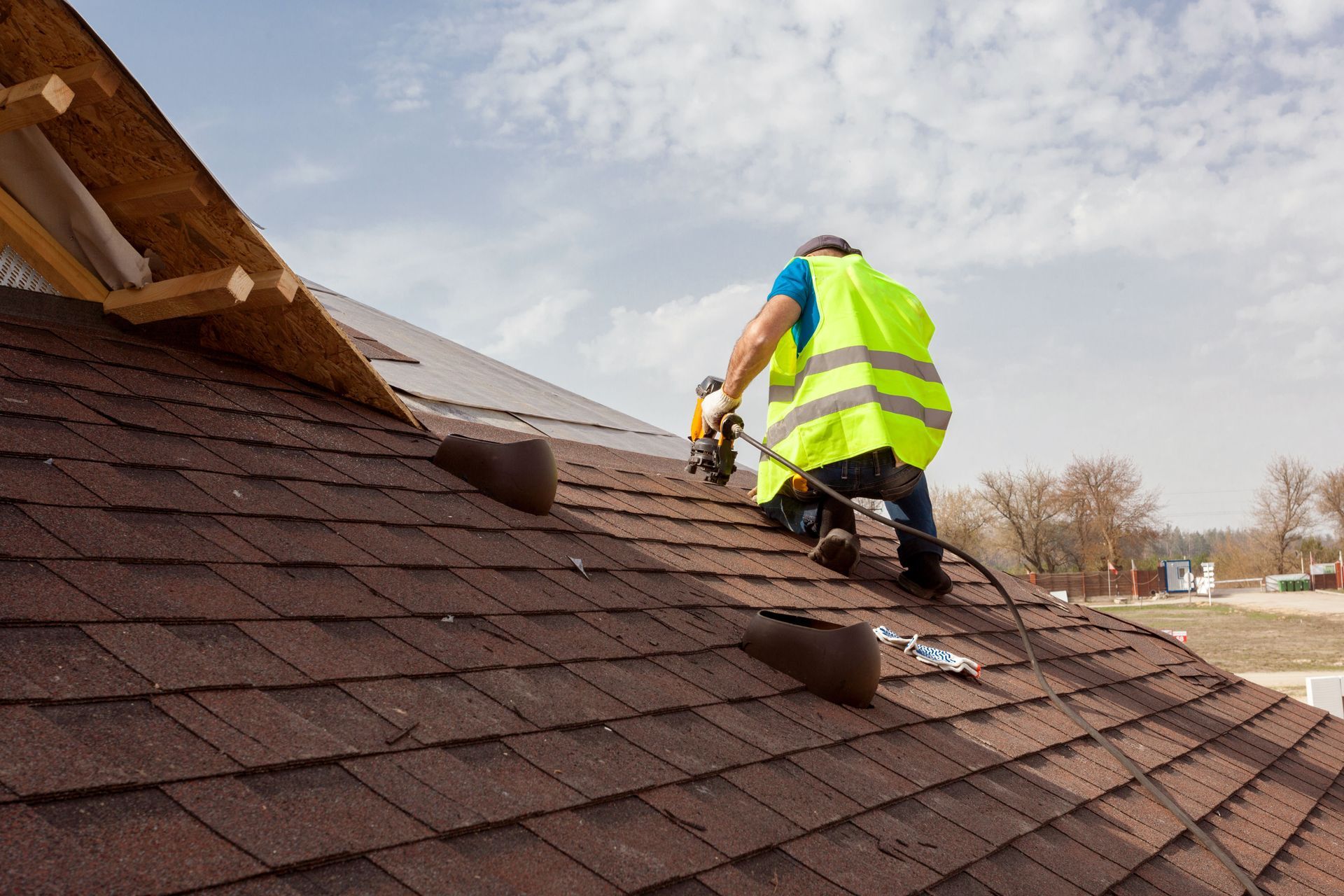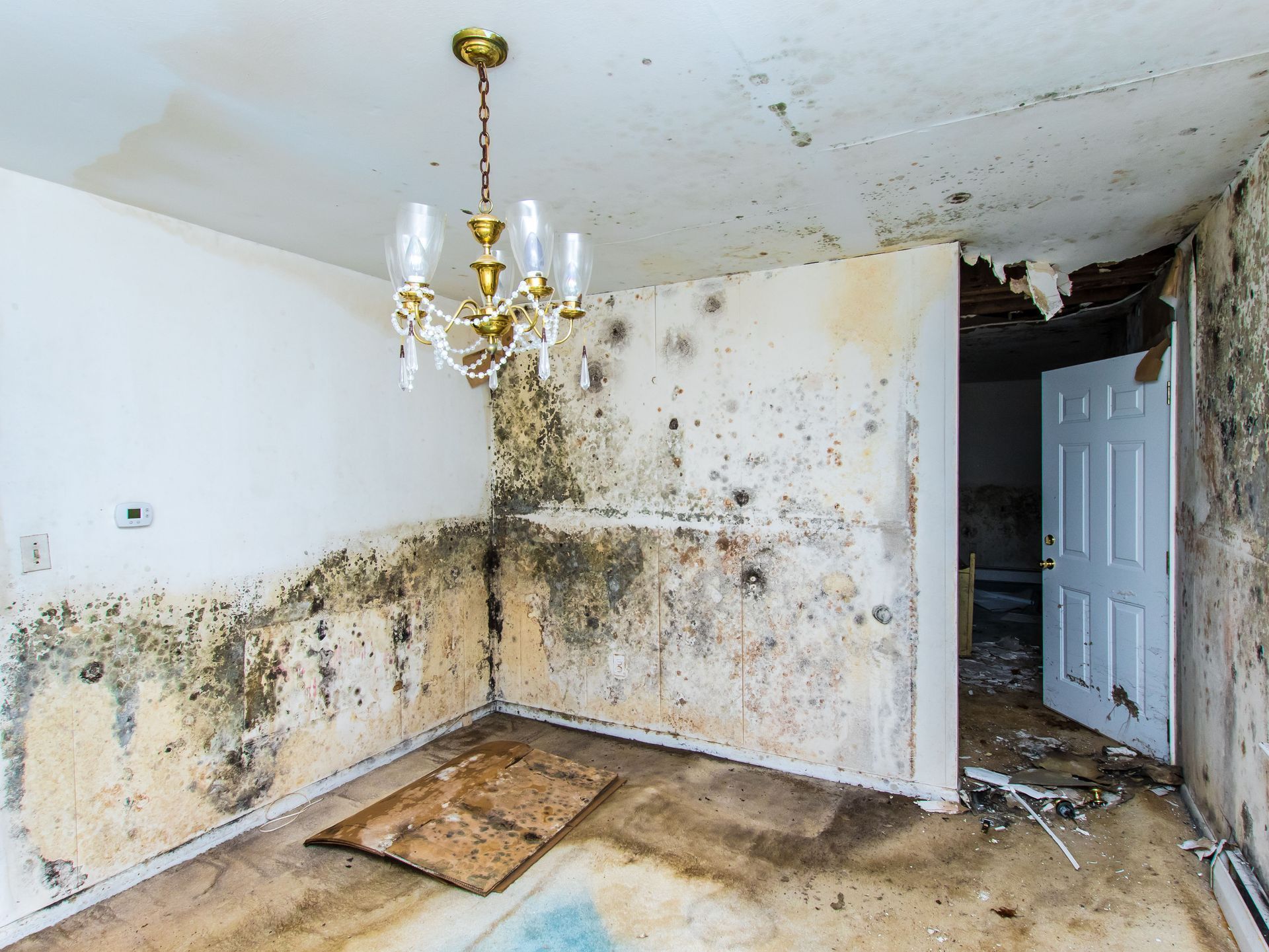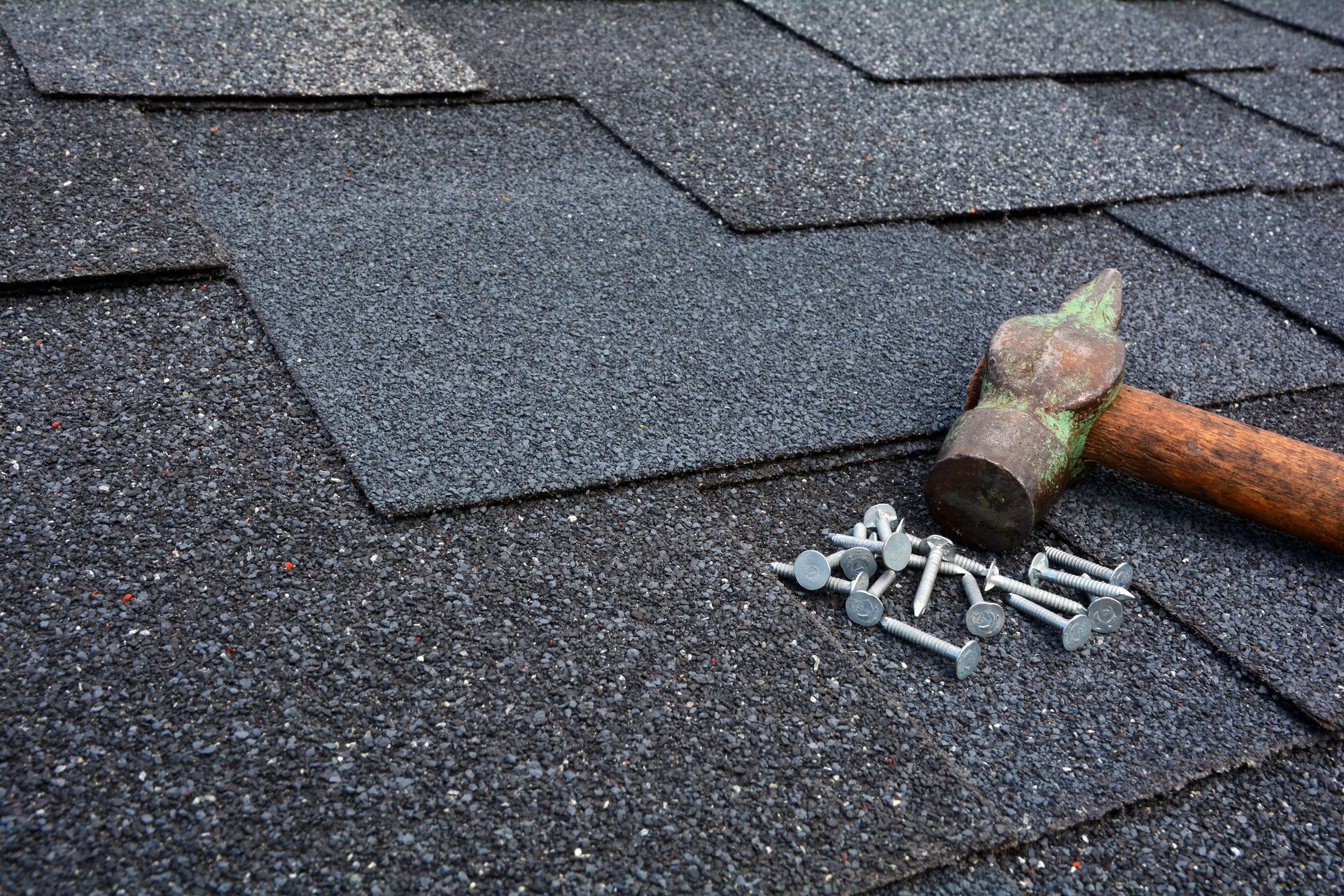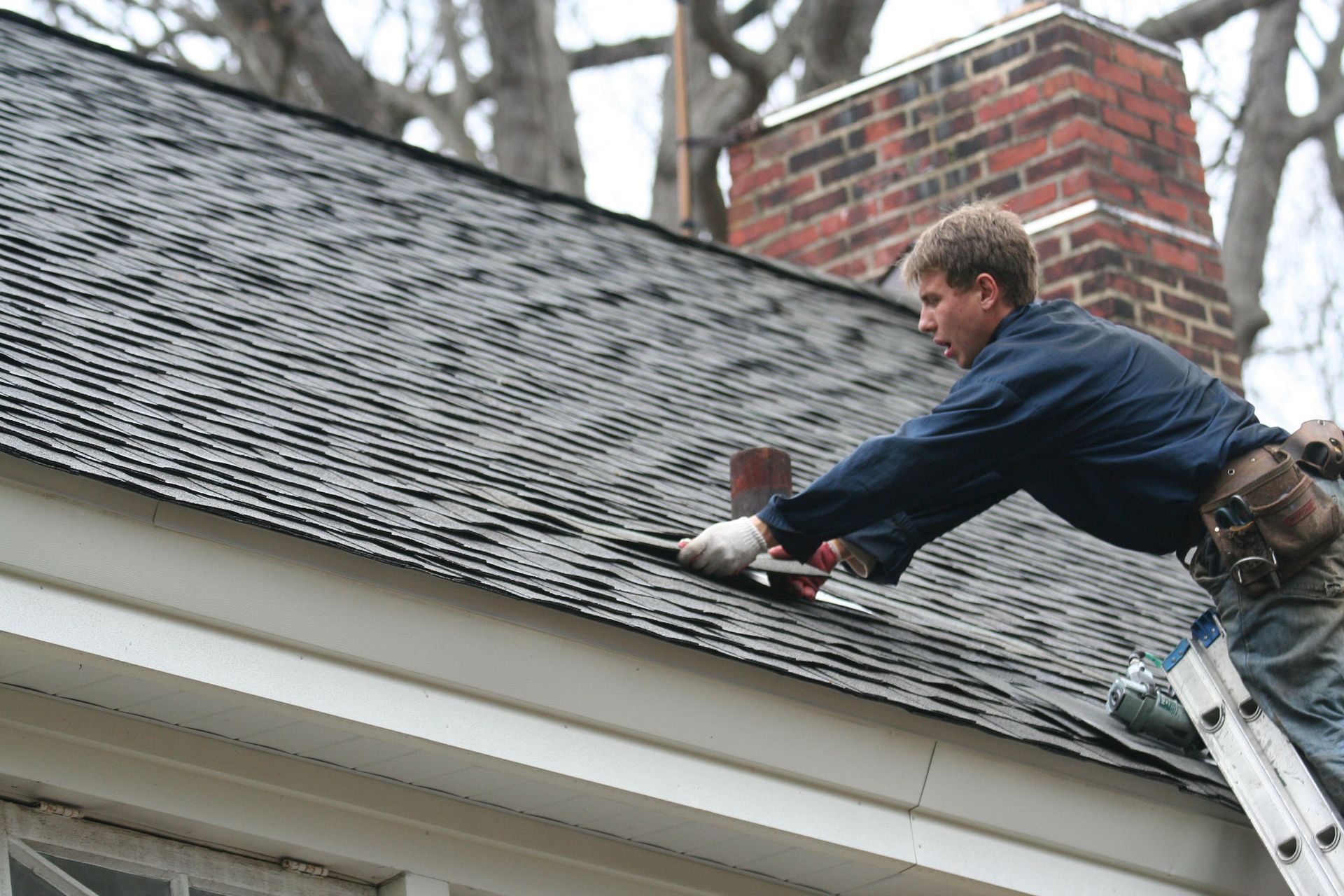Rising Waters, Rising Costs: How Climate Change is Shaping Homeowners' Approach to Water Damage
The impacts of climate change are becoming increasingly evident, with extreme weather events growing in frequency and intensity worldwide. For homeowners, this represents both a physical threat to their property and a significant financial concern. Water damage, in particular, has emerged as a pressing issue, as floods and intense rains become more common. The relationship between climate change and water damage service is complex, but its effects are decidedly tangible and often costly. This article seeks to explore how climate change is influencing water-related risks for homeowners, and what strategies and innovations are being developed to mitigate these costs.
The Science of Climate Change and Increased Flood Risks
Understanding the link between climate change and increased flood risk begins with appreciating the fundamental mechanics of the climate system. As global temperatures rise, more water evaporates into the atmosphere, leading to more moisture in the air, which can result in heavier, more frequent precipitation events. This is particularly true for regions that already experience monsoons and storms; thus, climate change is amplifying these patterns. Moreover, warming temperatures contribute to the melting of polar ice, which in turn raises sea levels, exacerbating the potential for coastal flooding. These factors collectively increase flood risks, turning previously safe areas into potential flood zones and exposing more properties to water damage.
The risk of flooding is not confined solely to coastal regions; inland areas are also witnessing uncharacteristic water events. For instance, urban areas with aging infrastructure are particularly vulnerable because their drainage systems were not designed to handle sudden, heavy downpours. These systems can become overwhelmed, leading to flash flooding and water damage service in areas previously thought safe. Furthermore, deforestation and relentless urban expansion have altered natural water pathways, increasing the likelihood of overflowing rivers and inundated streets. Climate models predict these trends will continue, leading to increased flood frequencies and intensities affecting homeowners worldwide.
Increasingly evident statistical data supports these observations, showing a rise in flood incidents and economic losses. According to Coolest-Gadgets.com, economic damage due to flooding and water damage service has significantly increased, rising from $12 billion to $20 billion (USD) annually. This escalation underscores the need for a deeper understanding of how climate change fuels these events. Continued research into these climate phenomena is essential for studying and projecting future water damage service risks. Such knowledge is critical for developing effective strategies to safeguard homes against the growing threats posed by climate change.
Patterns of Extreme Weather: Hurricanes, Storms, and Torrential Rain
The rise of unpredictable weather patterns is not only a challenge for those living in traditionally susceptible areas. Even regions that have historically been considered safe are beginning to experience unusual weather events. For instance, areas that receive little rainfall are now encountering sudden downpours or unexpected storms, overwhelming existing flood defenses and infrastructure. This unpredictability necessitates a reassessment of risk by homeowners, insurers, and policymakers to adequately address the evolving nature of these weather events. Furthermore, as climate change progresses, we can only expect these patterns to intensify and expand, laying bare the vulnerabilities in coastal and inland communities alike.
Statistical analyses further illustrate the economic impact of these weather patterns, highlighting the rising costs of water damage repairs. As observed, the financial losses attributed to flooding and water damage have ballooned dramatically, with projections suggesting this trend will persist. Regions frequently affected by hurricanes and intense storms often see substantial property devaluation, impacting real estate markets and local economies. Additionally, communities affected by sudden torrential rains face prolonged disruptions, needing extensive resources and time for recovery. As a result, there is an urgent requirement for innovative approaches to mitigate these impacts by enhancing infrastructure resilience and developing more effective forecasting models.
Current Statistics on Flooding and Property Damage
Property damage statistics consistently reveal a sharp rise in losses due to flooding, attributed largely to climate-related factors. The increase from $12 billion to $20 billion (USD) annually in flood and water damage costs exemplifies the escalating financial burden on homeowners. Numerous studies and reports have highlighted that the frequency and severity of flooding incidents have increased significantly over recent decades. Historical floodplains and areas previously considered low-risk are now facing repeated inundation, thereby increasing the cost burden on property owners and insurers. These statistics are a stark reminder for homeowners to reassess their risk and prepare for continued exposure to water-related threats
.Furthermore, the financial implications extend beyond immediate repair costs, adversely affecting property values in frequent flood zones. As the risk of flooding increases, properties in high-risk areas face devaluation, a trend that ripples through the real estate market. Homes in flood-prone areas often require higher maintenance costs and insurance premiums, factors that can deter potential buyers. This has led to a growing disparity in property values, with safe areas attracting more investment, while vulnerable areas struggle. As flood statistics continue their upward trajectory, this disparity is expected to widen, driving further economic inequality in the housing market
.In response to these statistical trends, policymakers and industry leaders are working to update floodplain maps and refine risk assessments. Ensuring accurate data availability is essential for homeowners to understand their level of risk and make informed decisions about insurance and property investments. Furthermore, accurate statistical data aids in the allocation of resources for community protection measures, such as the development of improved drainage systems and flood defenses. The rising statistics compel a collaborative effort to develop policies and initiatives designed to mitigate these growing risks. Through collective action, communities can better prepare for the impacts of climate change on property damage
.Climate change is no longer a distant threat—it is a powerful, present force actively reshaping global weather patterns, increasing flood risks, and placing unprecedented strain on homeowners. Across the world, we are witnessing more frequent torrential rains, stronger hurricanes, and steadily rising sea levels. These events are not isolated anomalies but indicators of a long-term shift in the climate system. The evidence is clear: water damage service is becoming a more frequent and costly consequence of our warming planet. As the financial toll of property damage rises sharply, both coastal and inland regions are experiencing heightened vulnerability, underscoring the urgent need for comprehensive action
.For homeowners, this reality calls for a proactive and informed response. Reassessing flood risk is no longer optional but essential, even for those who have never experienced flooding before. Investing in resilient infrastructure—such as elevated foundations, flood barriers, improved drainage systems, and water-resistant building materials—can greatly reduce the impact of severe weather events. In addition, homeowners should take advantage of advancements in weather forecasting, early warning systems, and updated floodplain mapping to better anticipate and prepare for evolving risks. Proactive measures taken now can prevent catastrophic losses in the future
.For communities and policymakers, the stakes are even higher. Protecting neighborhoods and entire cities requires coordinated investment in adaptive infrastructure, such as modern levees, enhanced stormwater management systems, and nature-based solutions like wetland restoration to absorb floodwaters. Environmental restoration programs can restore ecosystems that naturally reduce flood risk, while stronger building codes and land-use policies can ensure that new construction is better able to withstand extreme weather. These systemic changes are crucial to safeguarding property, protecting lives, and minimizing economic disruption. Do you need
water damage service
? Contact Velazquez Painting & Construction LLC for help today
